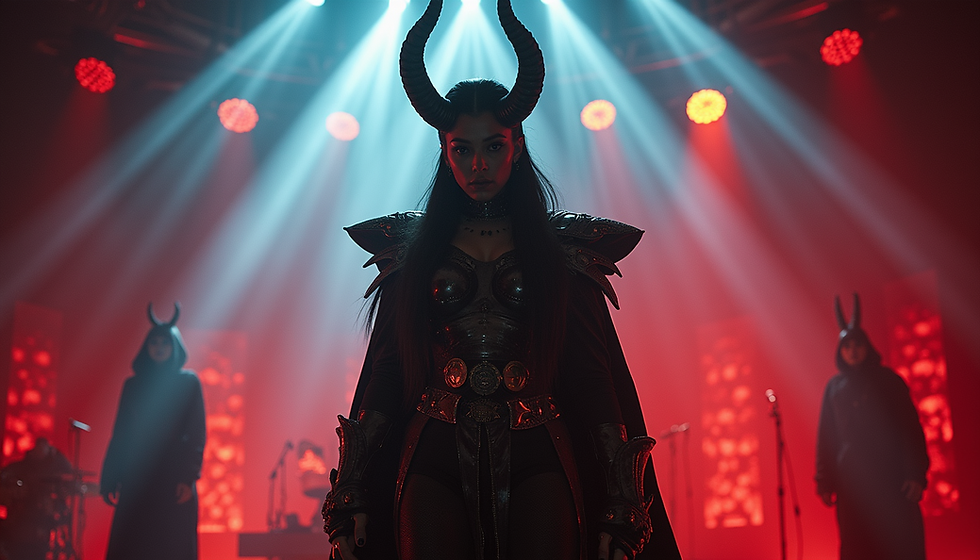The Evolution of Batman: From Comic Book Hero to Cultural Icon
- Joseph Fanning
- Oct 4
- 4 min read
Batman, Gotham City's legendary Dark Knight, has experienced an awe-inspiring transformation since his debut in 1939. Created by artist Bob Kane and writer Bill Finger, Batman first appeared in Detective Comics #27. Over the decades, he has evolved from a straightforward comic book character to a multifaceted cultural icon, significantly influencing many forms of media and leaving a lasting mark on popular culture. This blog post examines Batman's journey, discussing his origins, major adaptations, and the key reasons for his enduring appeal.
The Origins of Batman
Batman was created to be both relatable and aspirational. Unlike other superheroes of the time, such as Superman, who had superhuman abilities, Batman used his intelligence, physical strength, and an impressive array of gadgets to fight crime. His tragic backstory, involving the murder of his parents, Thomas and Martha Wayne, serves as the catalyst for his transformation into the Caped Crusader. This origin story not only deepens his character but also resonates with fans who connect with themes of loss and vengeance.
In Batman's early depictions, he operated outside the law, emphasizing darker themes of justice. His iconic costume, featuring a bat symbol and a flowing cape, was intentionally designed to instill fear in criminals. This unique approach to heroism distinguished Batman from his peers and laid the groundwork for his intricate persona. For example, in his first few appearances, Batman used a revolver, highlighting his brutal methods in a crime-ridden Gotham.
The Golden Age of Comics
The Golden Age of Comics, from the late 1930s to the early 1950s, marked a crucial era for Batman. During this time, he became an essential character in comic book culture, appearing in various titles and forming alliances with heroes like Robin and the Justice League. Robin's introduction in 1940 provided a needed balance to Batman's darker character. Their dynamic partnership not only attracted younger readers but also provided a sense of hope in their adventures.
As the Golden Age progressed, Batman's stories incorporated increasingly fantastical elements, introducing iconic villains like the Joker and Catwoman. For instance, the Joker's first appearance in 1940 transformed him into one of Batman’s most formidable adversaries and a central figure in Gotham’s criminal landscape. This rivalry showcased Batman's resilience and intelligence, stable qualities that continue to define his character today.
The Silver Age and Campy Adaptations
The Silver Age of Comics, beginning in the mid-1950s, shifted Batman's portrayal towards a lighter, campy style, largely influenced by the 1960s television series starring Adam West. This show embraced humor, colorful costumes, and exaggerated villains, appealing to a wider audience. While many fans welcomed this new direction, others worried it strayed from Batman’s core identity.
Nevertheless, significant narrative developments emerged during this period. Writers like Denny O'Neil and Neal Adams reintroduced darker themes, exploring complex storytelling and moral dilemmas. For example, O'Neil and Adams’ 1970 story arc, “The Joker’s Five-Way Revenge,” examined the psychological aspects of both Batman and his enemies, paving the way for future character explorations.
The Dark Knight Returns and Modern Interpretations
The 1980s marked a critical turning point for Batman with Frank Miller's "The Dark Knight Returns." This graphic novel redefined the character for a new generation, showcasing an older, grizzled Batman coping with the consequences of his actions. Miller's work not only rejuvenated interest in Batman but also influenced various adaptations, including Tim Burton's groundbreaking 1989 film, which introduced a darker, gothic aesthetic.
Burton's film was a commercial success, grossing over $400 million worldwide, and solidifying Batman's status in popular culture. Following this, Christopher Nolan's The Dark Knight trilogy received widespread acclaim, particularly for its realistic portrayal and exploration of moral themes like fear and chaos. The trilogy grossed more than $2.5 billion globally, appealing to both comic book fans and mainstream audiences alike.
Batman in Other Media
Batman’s influence extends well beyond comics and films. His presence in animated series, video games, and merchandise has solidified his cultural status. The Batman: The Animated Series from the 1990s is often regarded as one of the finest adaptations, featuring a dark tone and sophisticated storytelling. This series introduced a new audience to Batman and helped redefine animation for adult viewers with its mature themes.
The "Batman: Arkham" video game series further expanded Batman's reach. These games have sold over 30 million copies, allowing players to immerse themselves in Batman's world and live out the experience of crime-fighting. The combination of captivating gameplay and engaging narratives has significantly contributed to Batman's lasting popularity.
The Cultural Impact of Batman
Batman impacts culture far beyond entertainment; he symbolizes resilience, justice, and the fight against adversity. His iconic status is evident in various art forms, literature, and even fashion trends. The character's themes of duality, battling between good and evil, resonate with people of all ages, which helps make him a timeless figure.
Additionally, Batman's presence is visible in numerous parodies, merchandise, and fan communities worldwide. From Halloween costumes to fan conventions, he continues to inspire creativity and enthusiasm among a global fanbase.
The Ongoing Legacy of Batman
Batman’s journey from comic book hero to cultural icon exemplifies his resilience and enduring charm. With a rich history of adaptations and character exploration, he has consistently remained relevant in a changing world. His intricate backstory, complex themes, and relatable struggles connect with audiences, ensuring that the Dark Knight will captivate and inspire future generations.
As we look ahead, Batman's legacy seems poised to thrive, driving new stories and adaptations that will continue to keep the spirit of the Caped Crusader alive. Whether in comics, films, or other forms of media, Batman will always represent hope, justice, and the unyielding quest for a better world.
About Author:
Joe is an orange belt in Karate










Comments